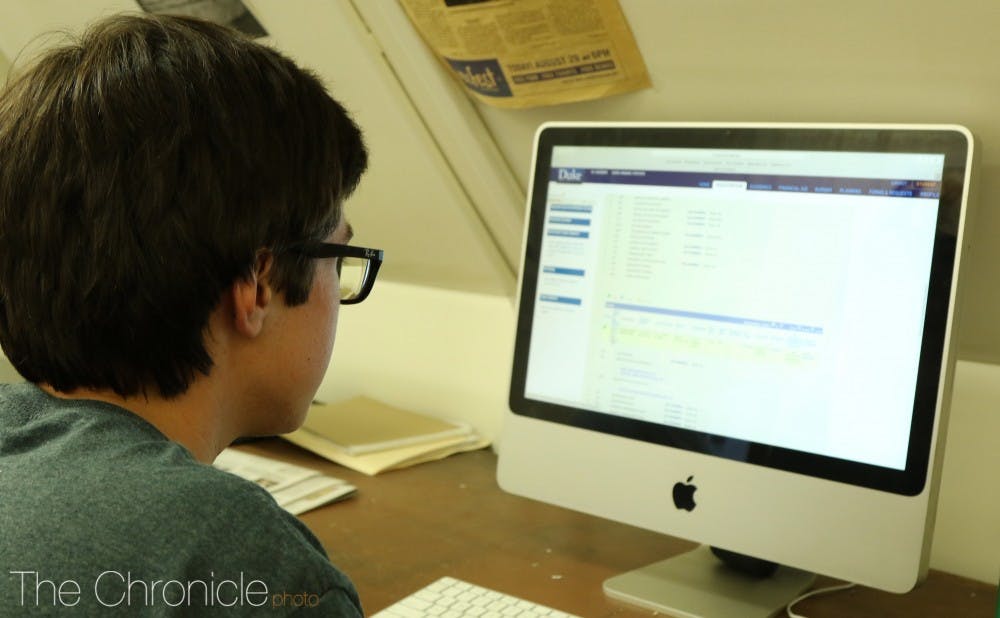Each semester, professors ask students to submit course evaluations—but how much do they actually matter?
The evaluations—confidential assessments of teacher performance and the general content of the course—are shown to faculty only after final grades have been submitted. Instructors can see the feedback that they received from their students and compare these results to other standards.
“Faculty see the averages for the numerical ratings, and are able to compare their averages against departmental, Trinity and Pratt averages,” wrote Connel Fullenkamp, professor of the practice of economics, in an email to The Chronicle. “They are also able to see the individual comments that students leave.”
Data is also given to the director of undergraduate studies in each academic department, according to Bridgette Hard, DUS and associate professor of the practice of psychology and neuroscience.
“The DUSs use course evaluation data to make sure that courses are going ok and there aren’t any major issues,” Hard wrote in an email. “We can also use the data to advise faculty on their teaching.”
However, some professors such as Alexander Rosenberg, R. Taylor Cole distinguished professor of philosophy, fail to receive meaningful feedback from students.
“I found the instrument so useless I no longer invite students to complete it in class or outside of class,” he wrote.
Rosenberg added that the feedback isn’t always representative of the true class opinion.
“Usually only those who love you or hate you complete the evaluations when there is no structured class time and no demand [that they] be completed,” Rosenberg wrote in an email to The Chronicle. “That’s almost always less than 30%.”
Instructors are able to see the total number of students who completed their evaluations in DukeHub, Hard added. The level of participation by students varies depending on the course, but completion rates tend to increase when class time is set aside for the evaluations.
“We are not required to set aside course time, but I typically do allow 10-15 minutes during a class to complete evaluations because this improves the response rate and I benefit from receiving the feedback from students,” wrote Dorian Canelas, associate professor of the practice of chemistry, in an email.
She also noted that 85-95% of students complete the evaluations when class time is allotted.
Some courses see lower numbers of participation. Fullenkamp explained that around half of his students complete his course evaluations.
Hard and other professors have developed practical solutions to some of the concerns raised about the course evaluations.
“Because the DukeHub evaluation is not particularly detailed, I also develop my own course evaluation, which asks much more specific questions about the components of my course, such as sections and the textbook,” she wrote.
Hard’s self-designed evaluation allows for her to understand “students’ deeper interest in the material and intentions to take more courses in my field or get involved in research,” she wrote. Like Fullenkamp and Canelas, Hard sets aside time during class for her students to complete her evaluation.
Professors tend to receive the most feedback from the free-response section of the evaluation.
“Instructors use evaluations to get a general sense of how the course went but the most useful feedback is usually the free responses from students telling you what went well and what suggestions they have for making the course better,” Hard wrote.
Canelas also wrote that “constructive free response comments are especially enlightening.”
Get The Chronicle straight to your inbox
Signup for our weekly newsletter. Cancel at any time.

Leah Boyd is a Pratt senior and a social chair of The Chronicle's 118th volume. She was previously editor-in-chief for Volume 117.

